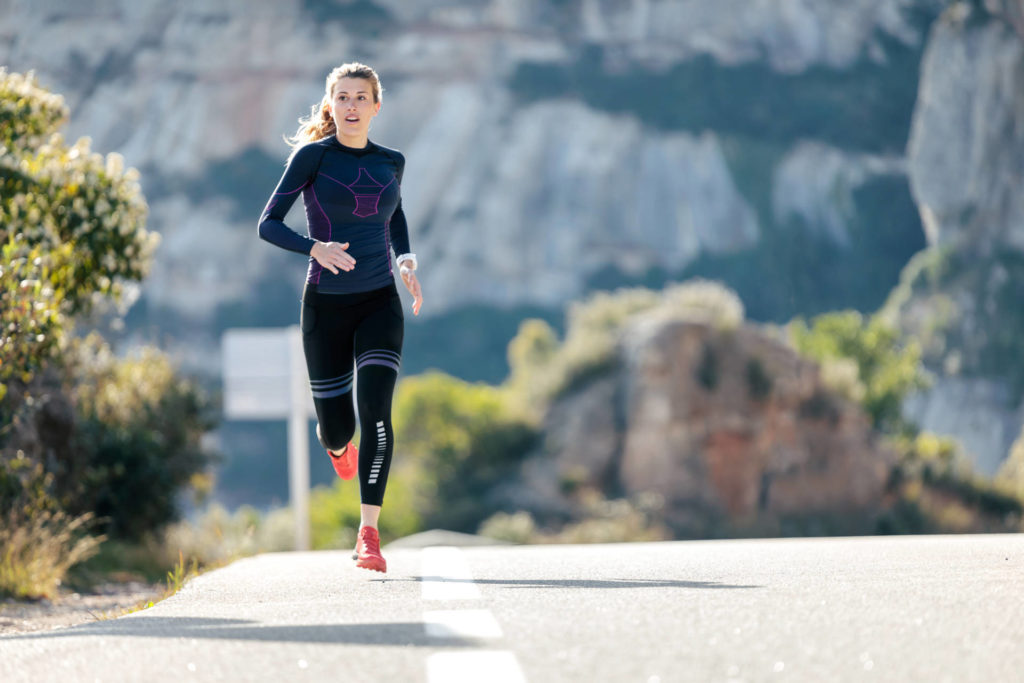STRENGTH SENSEI BOOKSHELF
Running Mechanics and Gait Analysis
An extensive guide to keeping runners healthy
Any distance runner would be thrilled to drop 10 seconds on their 10K time over a summer. They would be even happier if they could achieve such improvement if they could do so without pain. Indeed, the number one goal of a runner is to keep running. This is the focus of Running Mechanics and Gait Analysis.
To be clear, this book by Reed Ferber and Shari Macdonald was written for physical therapists and athletic trainers who deal with running-related injuries. This means the writing is more technical, using precise terminology, and is heavily referenced. These factors, plus using abbreviated references rather than footnotes, make for some challenging reading. Here is an example:

“In terms of pain relief, success rates between 70% and 90% have been cited (Eggold 1981; Blake and Denton 1985; Gross et al. 1991; Landorf and Keenen 2000), and on average foot orthotics have a success rate of between 70% to 80% in the treatment of chronic knee injuries (James et al. 1978; Donatelli et al. 1988; Saxena and Haddad 2003).” Whew!
Although medical professionals are the target audience forRunning Mechanics and Gait Analysis, the authors believe that coaches and personal trainers can benefit from the book “since many of the concepts are related to preventing injuries and improving athletic performance.” They also believe that runners who have a background in biomechanics can benefit from its content. Chapter 3: Footwear Selectionis especially valuable as it will help runners determine what type of shoe is best for their anatomy and the value of orthotics.
Another factor to consider is that this is not a book that will teach program design for running or how to coach runners. There are no detailed workouts covering all the loading parameters, such as work-to-rest ratios. It’s more about identifying deficiencies in running performance and providing specific details on how to address them, such as by changing shoes, performing strength training, or seeking out medical treatment.

One aspect of the book is that it provides links to video clips showing proper and improper running performance. It’s one thing to talk about how a foot with excessive valgus causes the lower limbs to rotate and the knees to buckle, it’s another to see a video of an athlete performing. Further, the book is part of an online course that will help facilitate learning and produce continuing education credits for many personal training and strength coaching organizations.
Although you can read the nine chapters in any order, it’s best to study them in the order presented. The authors say as each chapter builds upon the content of the previous chapter(s), “First, we start with the foot and move up the kinematic chain,” as follows: Chapter 2, foot mechanics; Chapter 4, knee mechanics; and Chapter 5, hip mechanics.
What is especially valuable about this book is that, in addition to discussing the causes and treatments of many running issues, it provides case studies on specific injuries that provide injury history, assessment, primary treatment, and a summary statement. One case study on patellofemoral pain syndrome recommended the following treatments:
- Strengthen gluteus medius, hip external rotators, and hamstrings
- Increase flexibility of vasti, rectus femoris, and IT band
- Neutral cushioning shoe
- Discontinue use of motion control shoe and orthotics
Running Mechanics and Gait Analysis is a science-based, comprehensive resource for preventing and treating running injuries. It’s not an easy read, but for those willing to learn, it’s a reference that will help those who want to run long and run strong!
[You can purchase Running Mechanics and Gait Analysis by Reed Ferber and Shari Macdonald through Amazon.com and its related online course through www.HumanKinetics.com.]
